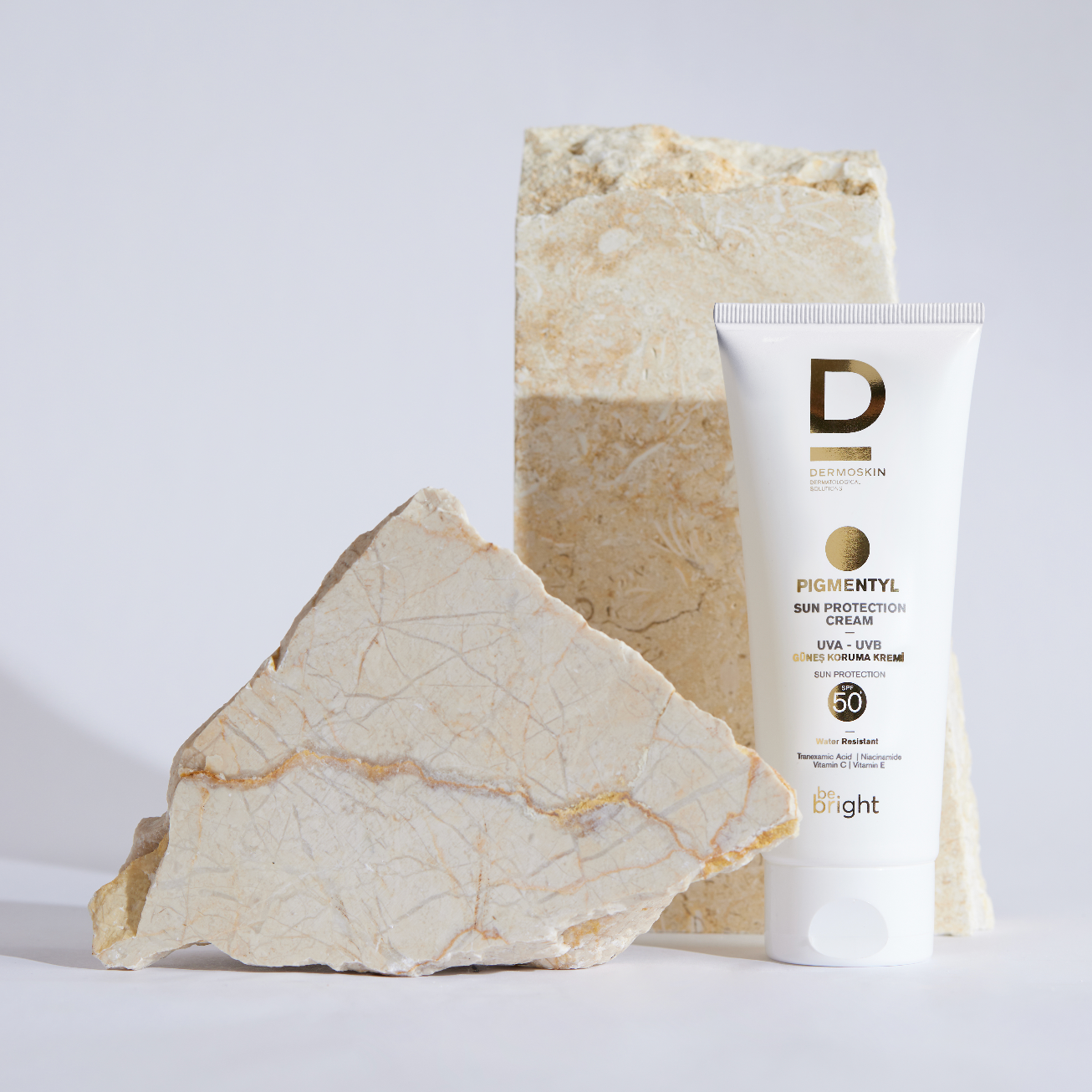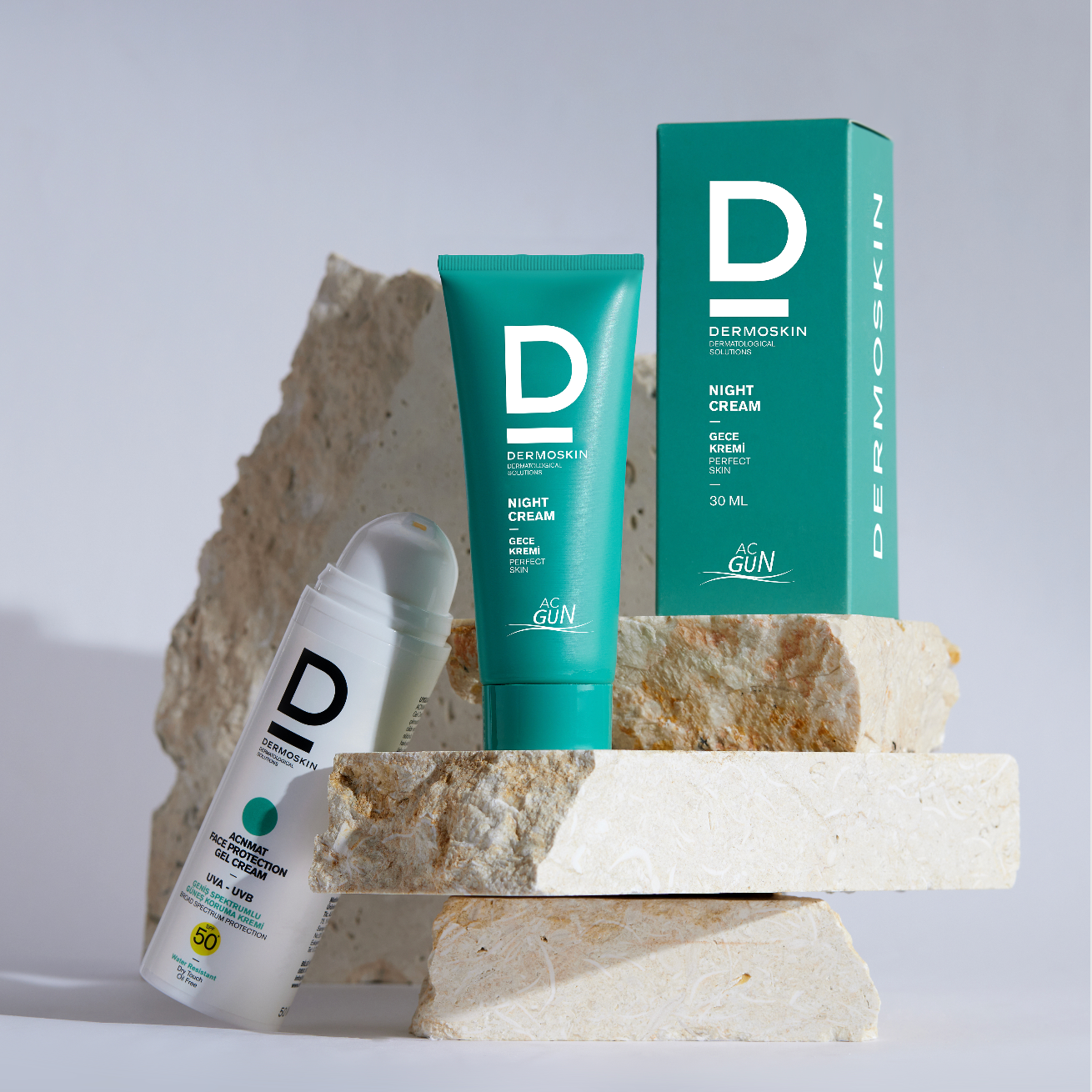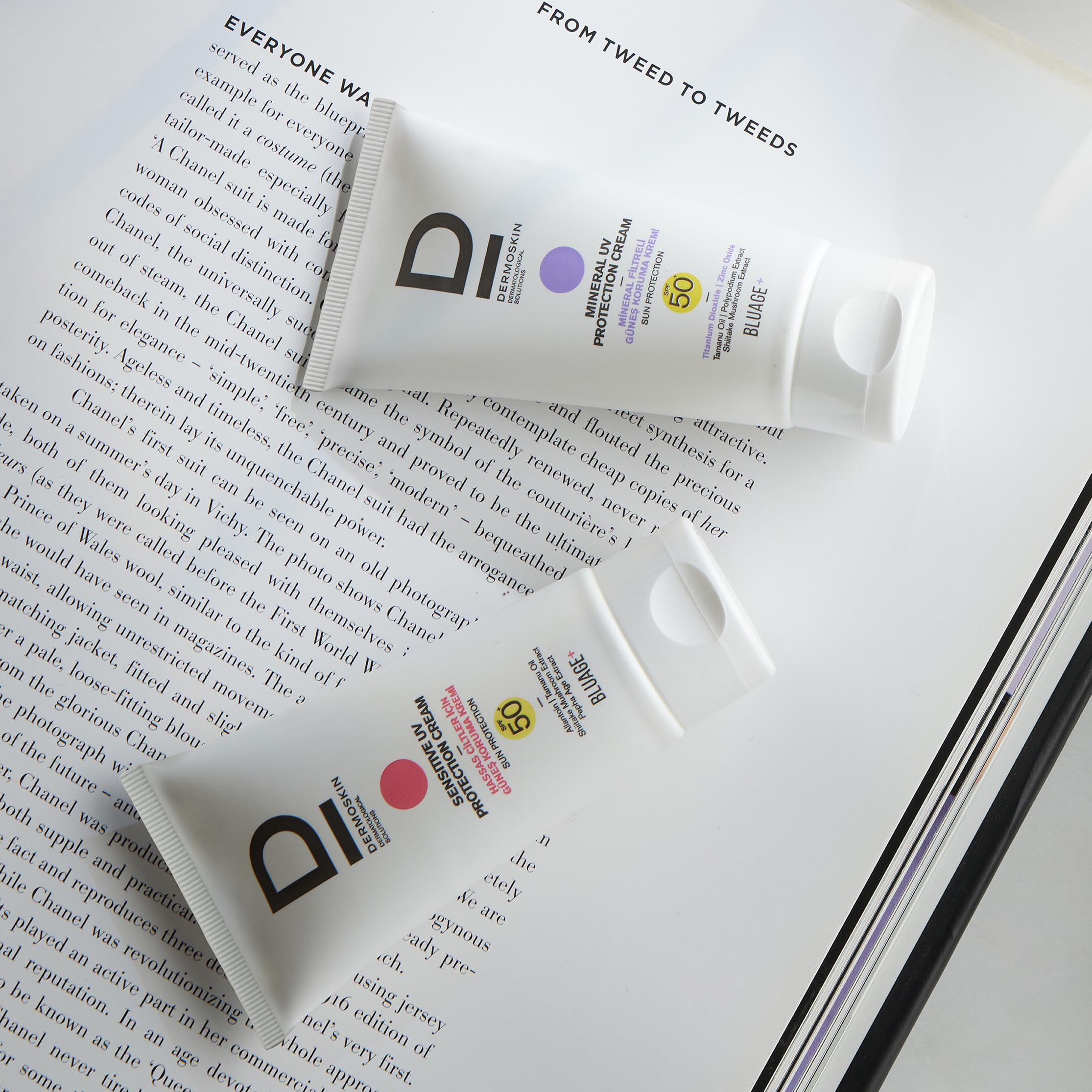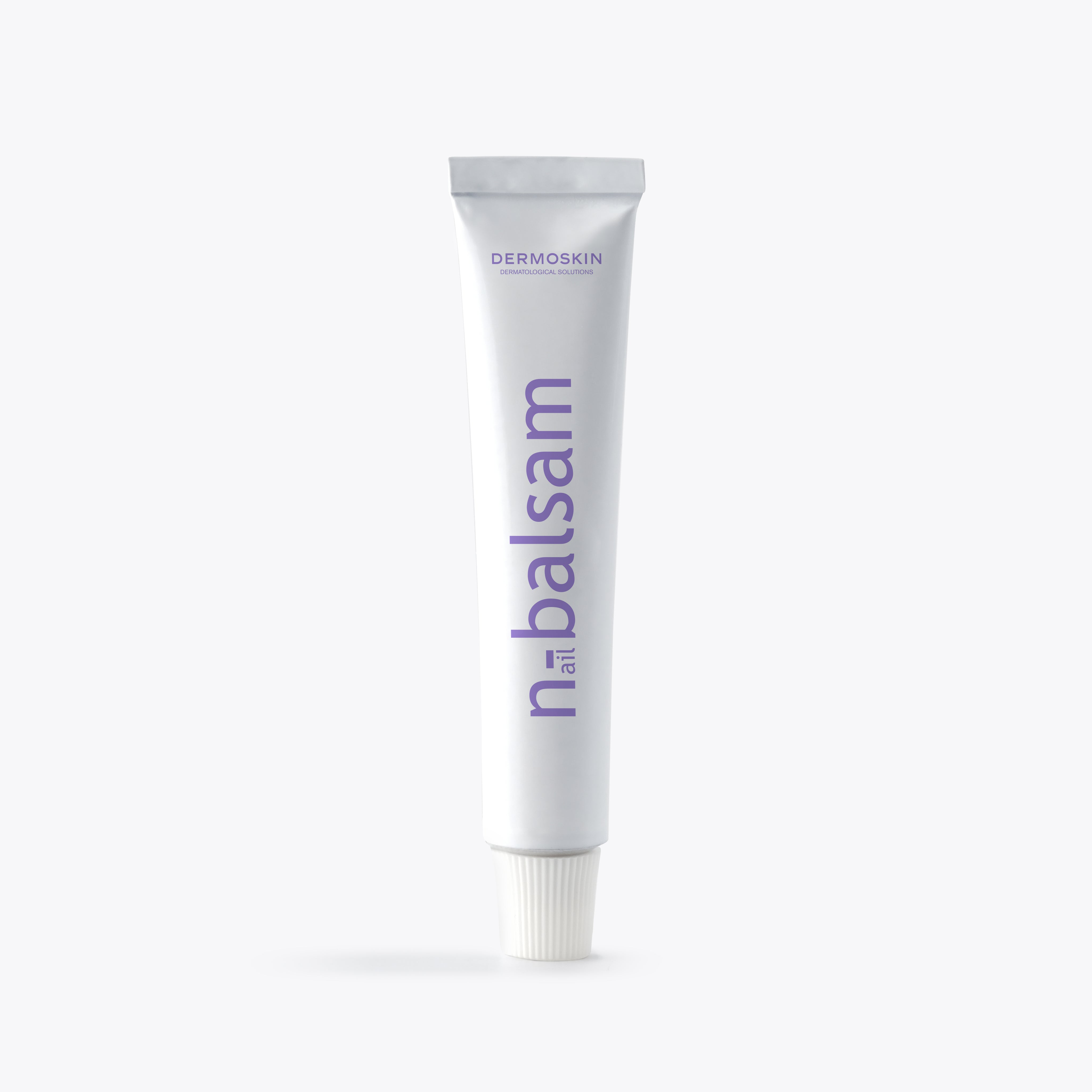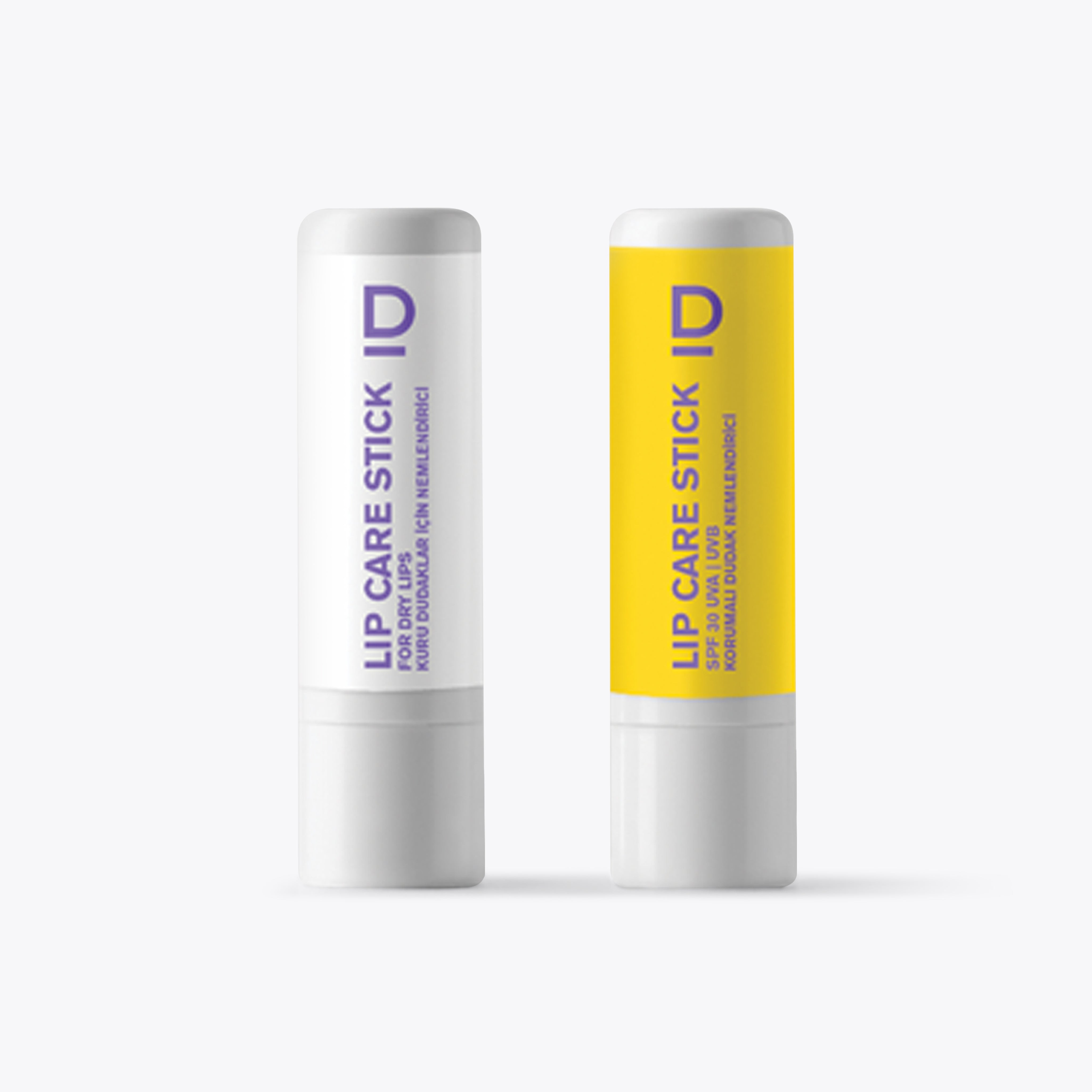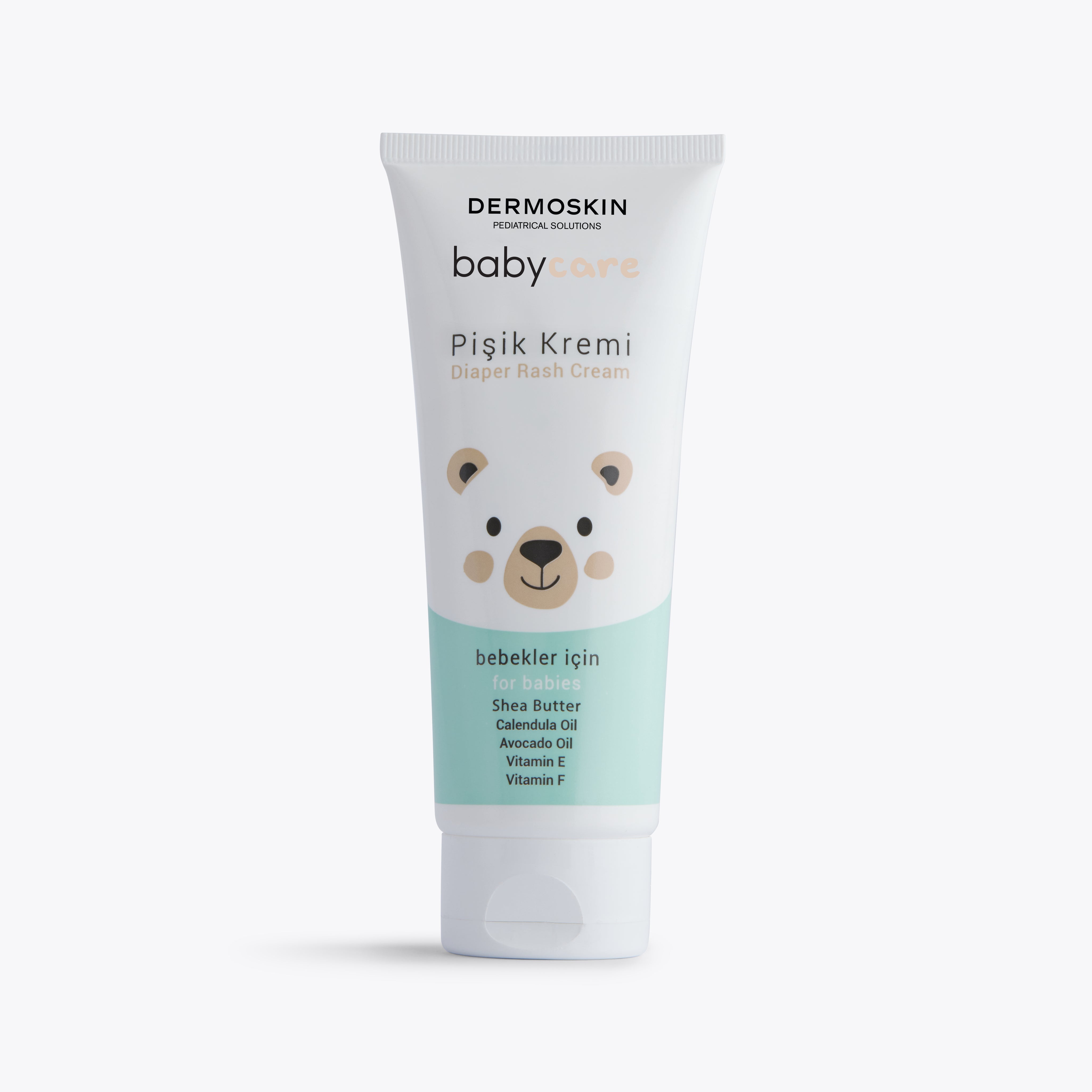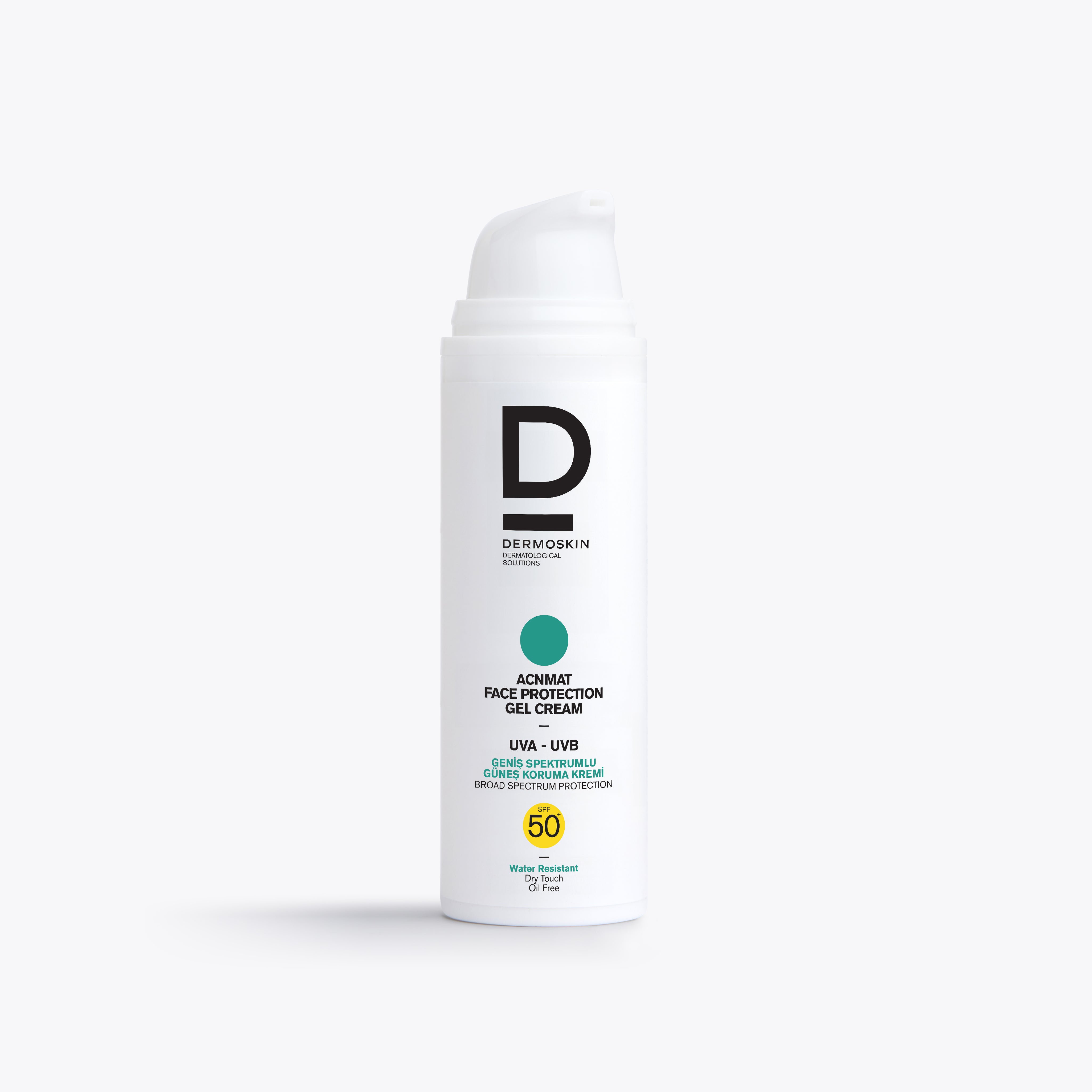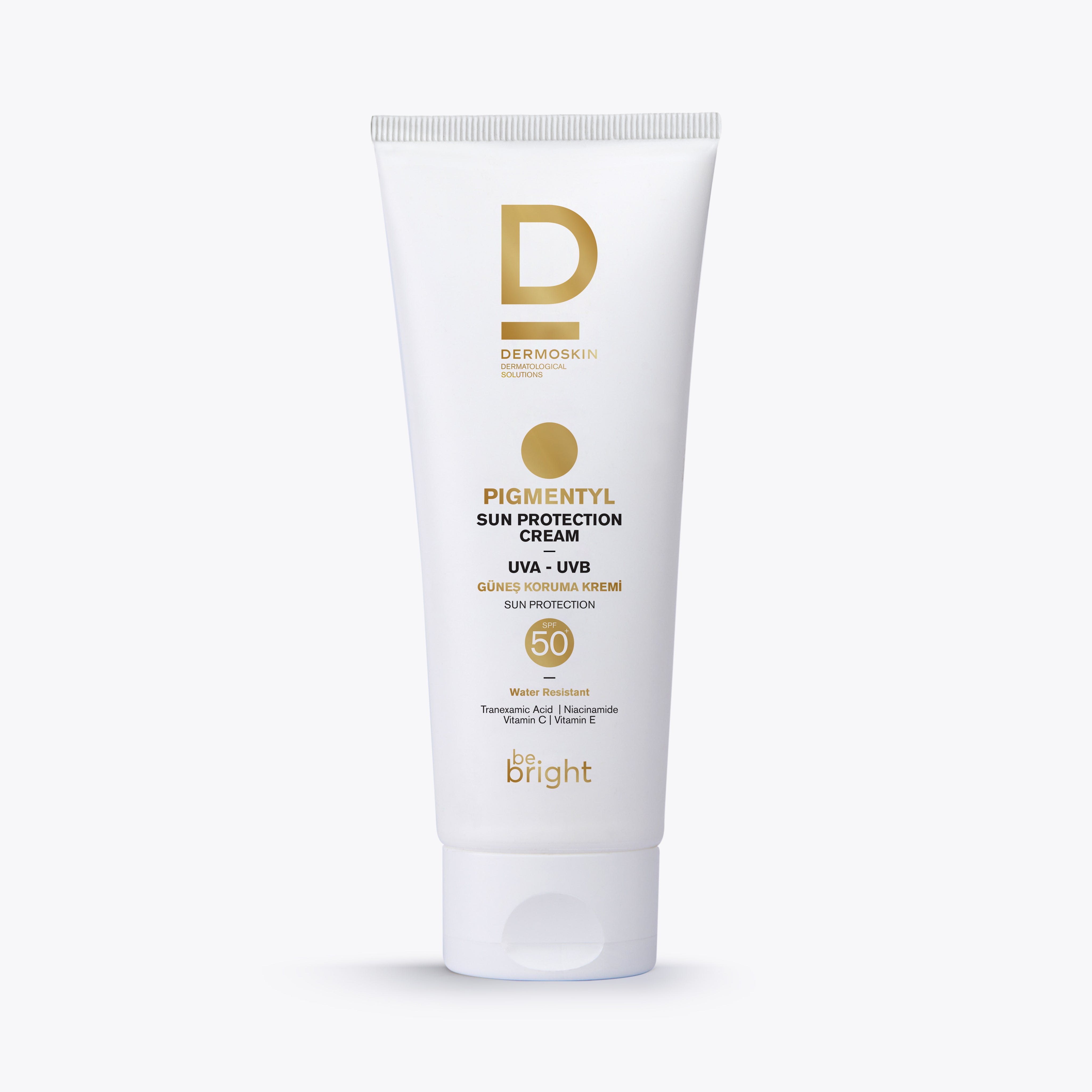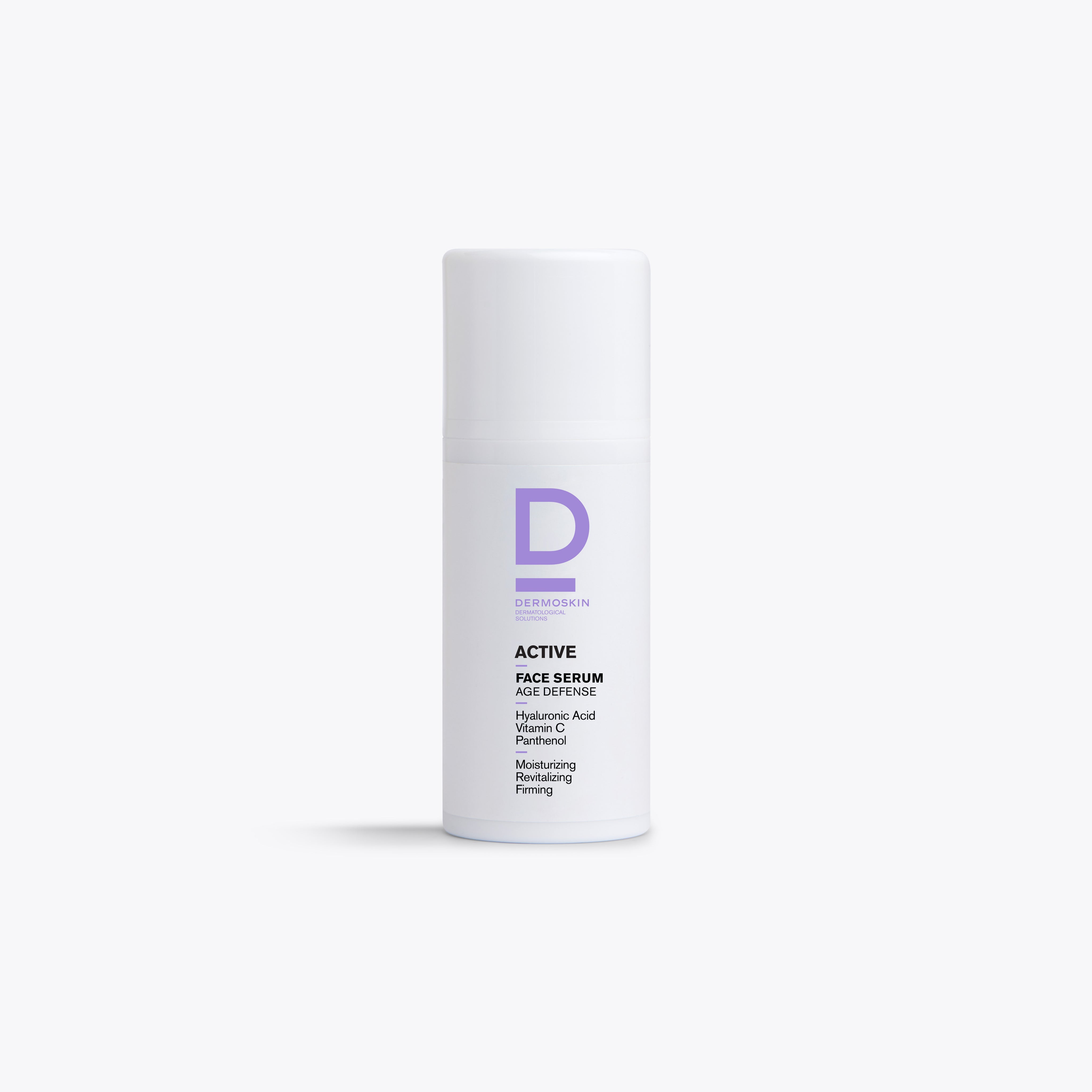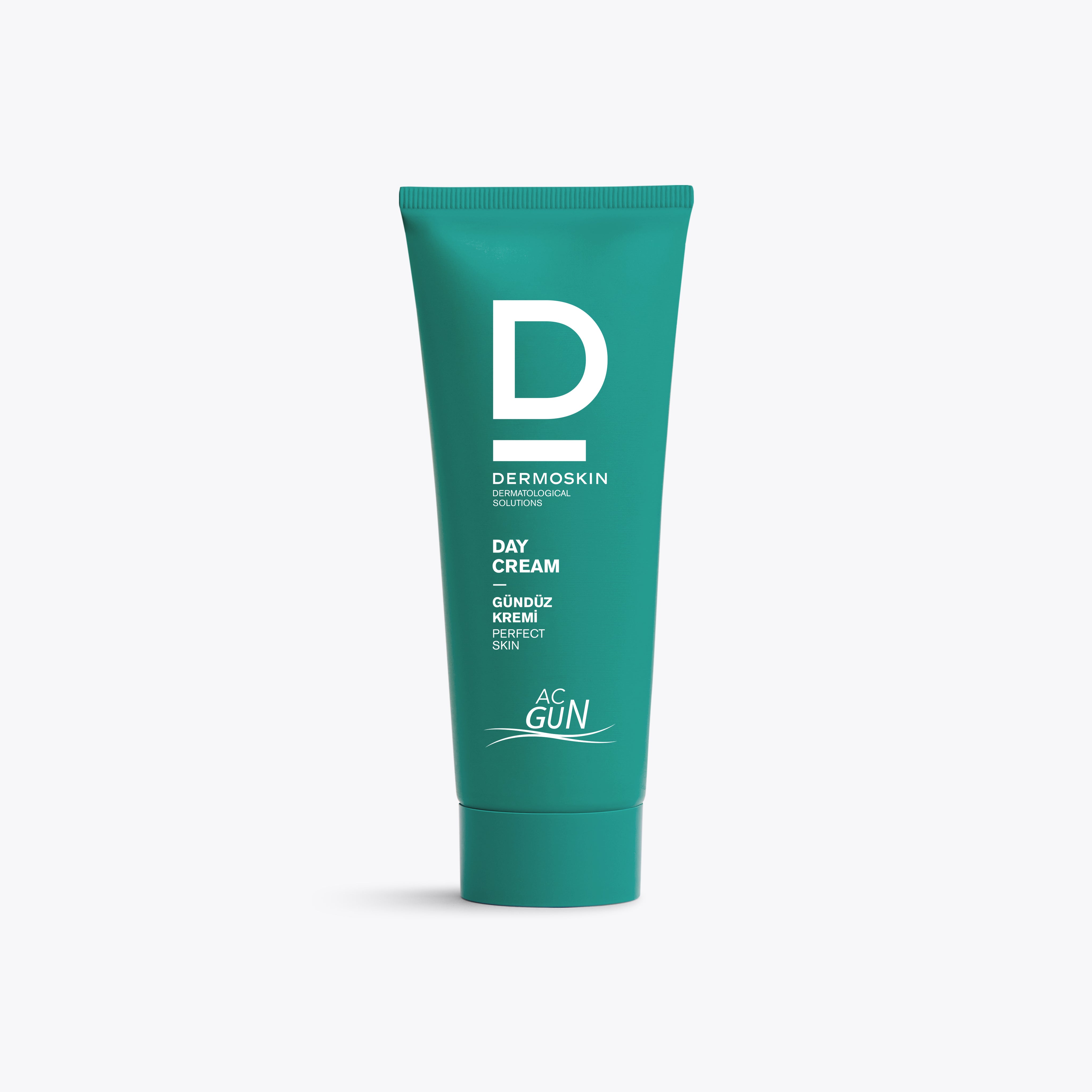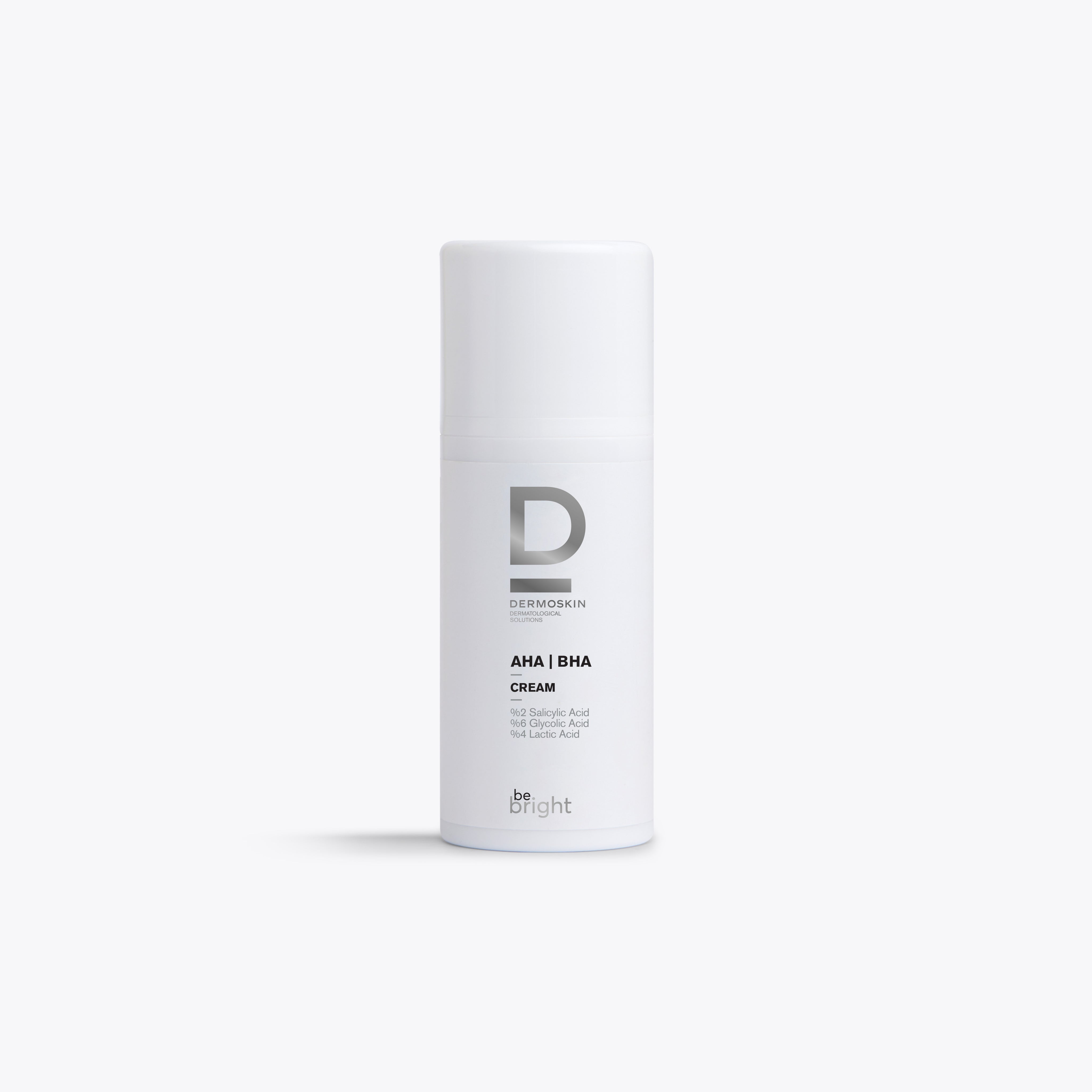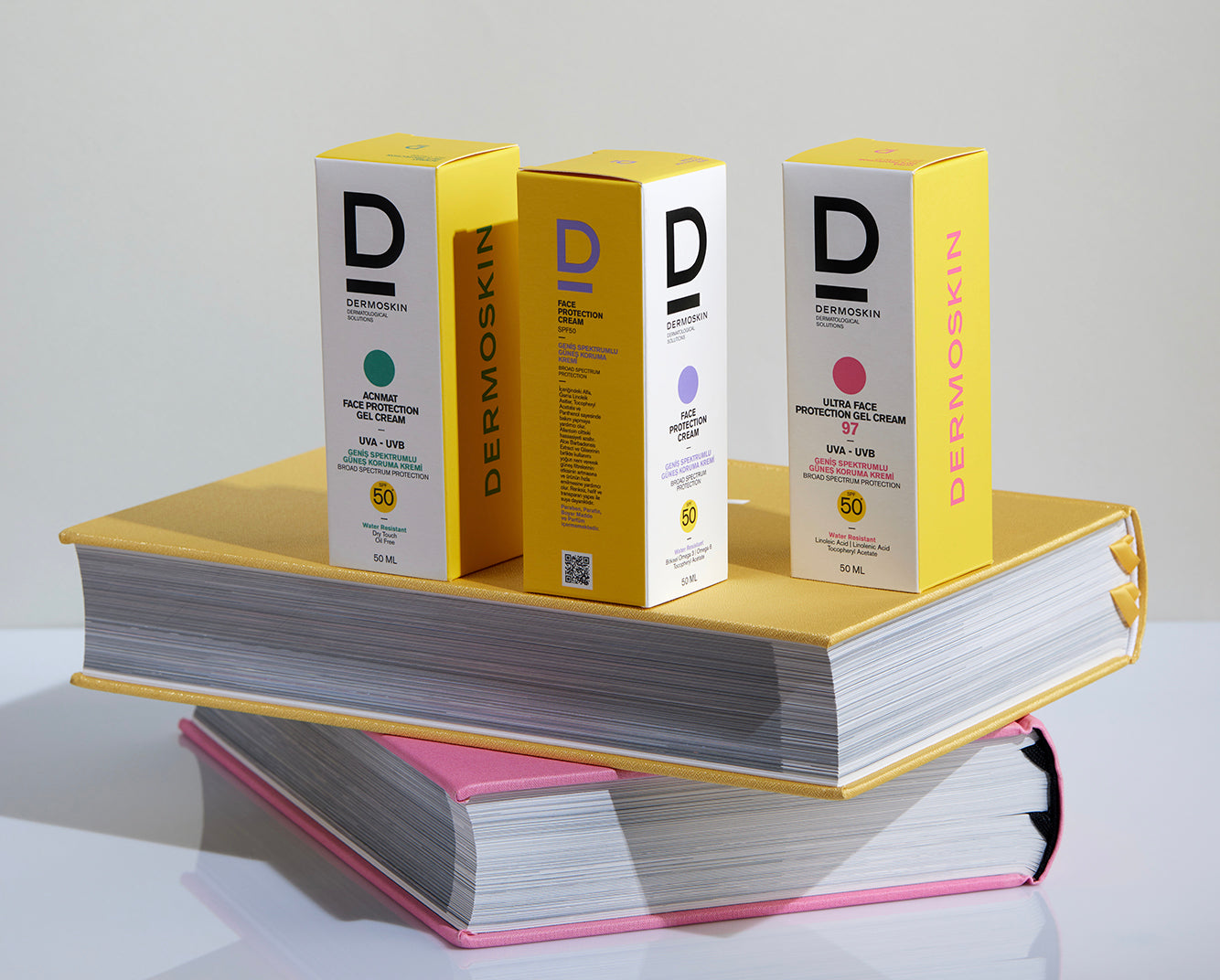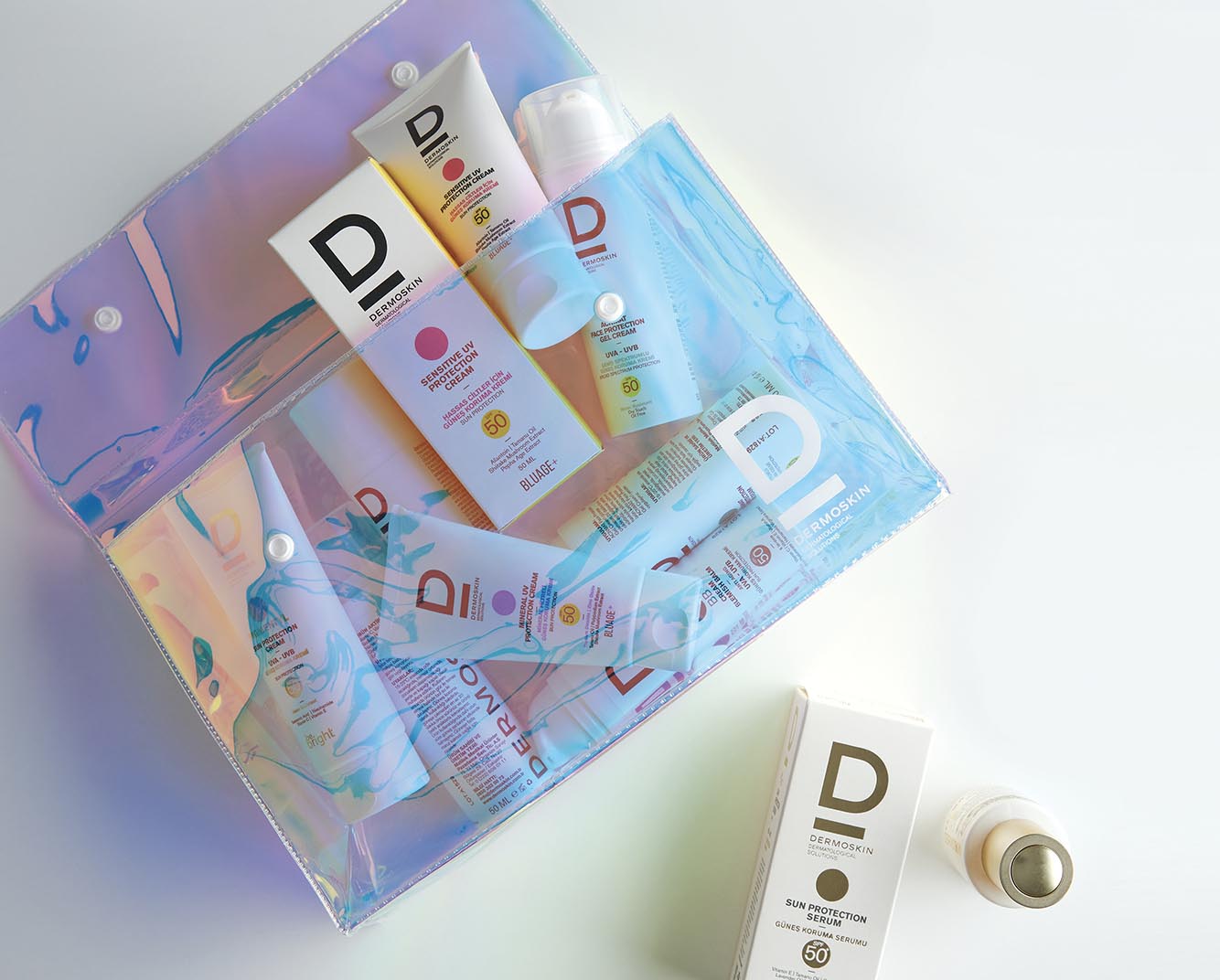Winter Care Tips to Save Your Skin

The searing cold, the drying wind, the soot that seeps into your skin, and the dust-filled rain… Your skin struggles to cope with these challenging conditions during the winter months. How can you choose the right products to support it? In this article, we'll cover the features you should look for in winter skincare products.
What does your skin want when the temperature drops?
You leave the house and your skin is exposed to cold air. The moment you enter a heated, enclosed space, your skin encounters warm air. What both have in common is dry air. Whether inside or outside, in cold or hot weather, your skin can't escape the dry air. The skin barrier is damaged, and the moisture that should remain in your skin quickly evaporates in the drying air. Depending on your skin type, this can lead to a dehydrated appearance, dullness, itching, redness, flaking, irritation, and infected wounds. Those with hypersensitive or atopic skin, or those dealing with dermatological conditions like eczema and psoriasis, are particularly challenged during this period.
So how do we find products that will give your skin the support it needs during these cold months, keeping it looking and feeling healthy? Of course, by paying attention to the tips. These tips might be hidden in the products' textures, formulations, active ingredients with asterisks, or the labels. Let's take a look!
Facial Cleansers
Dryness and a feeling of tightness after using a facial cleanser were once considered normal and expected. With newer generations of facial cleansers, this has been put to rest. The right facial cleanser shouldn't strip your skin of its moisture; instead, it should work to moisturize and retain it while cleansing. Products that moisturize while cleansing won't leave you feeling tight after use. Skin will feel clean and hydrated.
What to look for: Look for phrases like "moisturizing effect," "moisturizing effect," or "gentle" on the product label. In the ingredients section, look for the following active ingredients:
Provides intense moisture and calms the skin.
Centella Asiatica, Cica, Gotu Kola: Protects the skin's moisture balance and skin barrier.
Galactoarabinan: It is a natural moisturizer sourced from Larch Trees.
Lactic Acid: Choose mild and gentle cleansers like lactic acid to remove dead cells.
Oils such as Argan, Shea, Jojoba and Squalane support skin moisture.
We recommend that you avoid products containing alcohol, as they will dry out your skin, unless your dermatologist tells you otherwise.
Face and Body Moisturizers
During the cold and dry winter months, light lotion-type moisturizers may be insufficient to moisturize your skin. In these cases, intensive care creams and balms come to the rescue. These products nourish your skin with vitamins and oils while repairing the damaged skin barrier and preventing moisture loss. This increases your skin's moisture retention capacity. Especially for those with very sensitive, itchy, dry, and fragile skin, atopic skin, and those struggling with skin conditions like eczema and psoriasis, intensive care creams and balms, which provide effective moisturizing, will be a savior during the winter months.
What to look for: , Centella Asiatica (Cica, Gotu Kola), Galactoarabinan, Argan, Shea, Jojoba, Squalane , Apricot Kernel Oil, Helianthus Annuus Seed Oil, Glycerin, Lanolin, and Mineral Oils.
Skin Rejuvenating Products
Anti-aging products containing active ingredients like retinol, glycolic acid, and salicylic acid also require caution during the winter months. You might think your skin is accustomed to these ingredients because of regular use, but you might experience uncommon effects like irritation and dryness during the winter months, when your skin can become more sensitive. In these cases, you can protect your skin by switching to lower-concentration products or reducing your frequency of use.
What to look for: Retinol concentrations of 2% and above are typically found in prescription products.
Concentrations of 1% and above are for those with high tolerance. For salicylic acid , 2% is the maximum OTC (over-the-counter) cosmetic concentration. For glycolic acid, concentrations between 6% and 10% provide skin renewal and mild exfoliation. Products exceeding this concentration should be used with caution, as they will have a stronger exfoliating effect. If you experience problems with this concentration, reduce frequency of use or switch to lower concentrations.
Sun Protection
Those who think sun protection is only for sunny days are sorely mistaken. Don't rely too much on clouds, even if they cover the entire sky! Even if you don't see the sun at all, approximately 50-60% of the sun's UV rays can filter through the clouds and reach your skin. UV intensity increases on slightly cloudy days, in snowy areas, or near water. To protect your skin from blemishes, wrinkles, and other DNA damage, you should always apply sunscreen to areas not covered by clothing, such as your face, neck, and hands.
What to look for: Sun protection with a moisturizing effect will support your skin, which loses more moisture during the winter months. You should choose broad-spectrum, water-resistant products with an SPF of at least 30. Other sunscreen products you use may offer SPF protection, but we want to remind you that this alone is not sufficient and should be considered as an addition to your existing sunscreen.
We hope our little tips will make a big and long-lasting contribution to your winter care routine. Until next time, take good care of yourself and your skin, and don't forget to enjoy the few days of winter!
- Tags: CİLT

